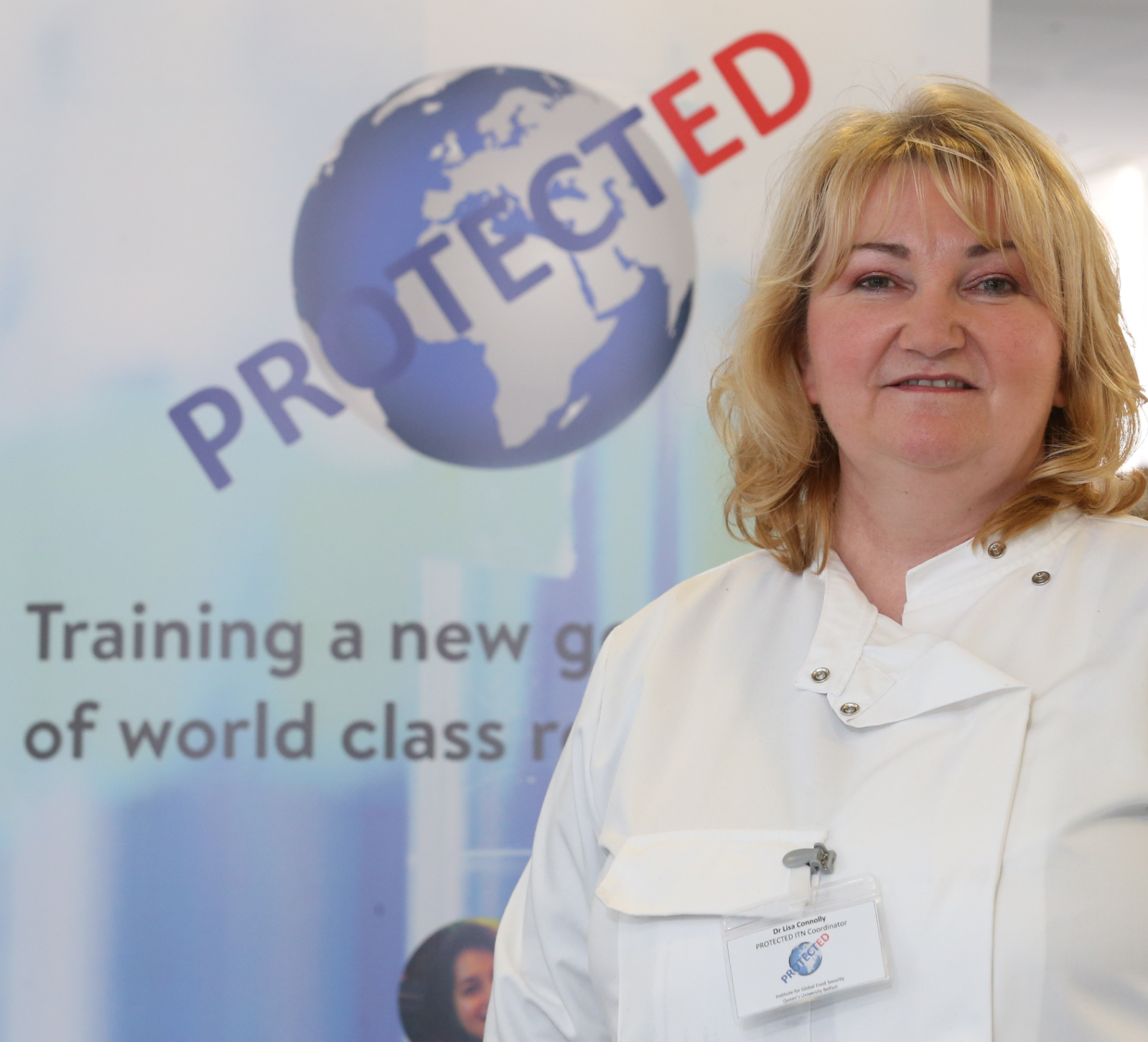European mid-term review marks PROTECTED project’s half-way point

Another major milestone has been reached in our PROTECTED (Protected Against Endocrine Disruptors) project as this month, we and our expert consortium, travel to Oslo for our mid-term review with the European Commission Research Executive Agency. We are excited to present our work, look forward to receiving key stakeholder feedback and importantly to the second half of this exciting journey to explore more about the impact harmful chemicals may have on human health.
Within the past few decades the concept of endocrine disrupting chemicals has risen from a position of almost total obscurity to become a focus for dialogue, debate and concern among scientists, physicians, regulators and the public. Every day we are exposed to a mixture of natural and synthetic chemicals via the air we breathe, the food we eat and the water we drink and even when the exposure to individual chemicals is below the level where they cause and effect by themselves, science is now showing together they can add up and cause a potentially dangerous ‘cocktail effect.’
With links to life changing illnesses such as cancer, diabetes, heart disease, fertility (among others) urgent action is now required to curb and prevent EDC’s mal-effects on human health, wildlife and the environment. This calls for a better link from basic research to clinical practice, improved information (communications) flow to healthcare personnel and the greater public and for better regulation of EDCs and at a time when Brexit stands to threaten much of the above.
At PROTECTED, we are renewing focus on many of these issues with the aim of making a real and lasting contribution to the debate. Currently there is a world-wide shortage of researchers who can assess the impact of potentially dangerous endocrine disrupting chemicals and their mixture on the hormone system which control important functions within the body such as growth, development and fertility. If we can identify chemicals and mixtures of concern we can use this knowledge to inform legislation, improve monitoring and reduce exposure to humans and wildlife.
In this respect we are privileged to be working with some of the brightest young minds in the form of our fifteen Early Stage Researchers (ESRs) who are developing the skills and ability to help protect the world from the real life risks of these chemicals. They are making real inroads in developing innovative control strategies to improve health now and in the future. As the project develops, delivers and matures, we will continue to communicate their findings and share the important contribution they are making through their research to the health and well-being of people and our planet.
